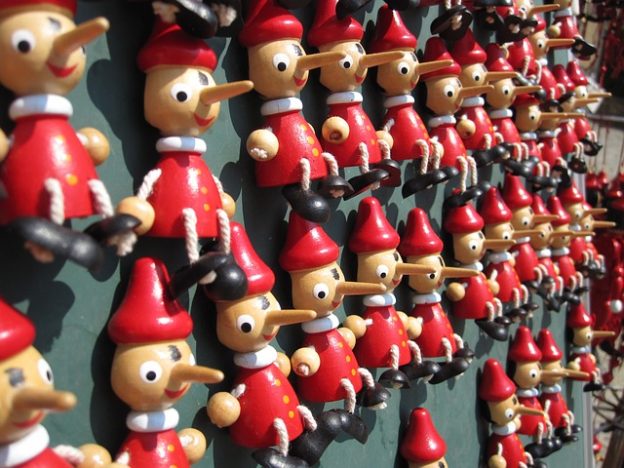 The intent of a fake news site may be to entertain or amuse (e.g., The Onion) or may be designed to mislead, anger, or otherwise elicit emotion from a reader. Fake News is not new, but has been a popular topic of discussion because it is so tempting to post or retweet headlines as if they are fact–thus they go viral quickly. According to the Pew Research Center, the majority of people surveyed say “fake news has left Americans confused about basic facts.” Here’s how to spot fake news–before you share it with everyone.
The intent of a fake news site may be to entertain or amuse (e.g., The Onion) or may be designed to mislead, anger, or otherwise elicit emotion from a reader. Fake News is not new, but has been a popular topic of discussion because it is so tempting to post or retweet headlines as if they are fact–thus they go viral quickly. According to the Pew Research Center, the majority of people surveyed say “fake news has left Americans confused about basic facts.” Here’s how to spot fake news–before you share it with everyone.
- Go with your gut: if a headline seems too good, too bad, or too scary to be true, it probably is.
- Add Snopes.com to your bookmarks. Snopes has debunked urban legends for years and covers fake news and rumors very closely.
- Check the author. Fake news authors are not qualified journalists and often have pseudonyms that Bart Simpson might dream up. If it’s not obvious, Google the author’s name to see if you can find credentials.
- Look at the language. There is no such thing as a truly objective source, but be wary of sites that use profanity, emotional, or incendiary language. Legitimate news sources feature opinion pieces, but will clearly label them as such.
- Check the sources; a quick web search of the article’s sources, if there are any, will usually reveal problems such as nonexistent scholars or fictional institutes.
- Check the web address. Fake news sites often add an extra domain (.co, .su) to a familiar URL. For example: abcnews.com.co
- Watch for red flags. Be wary of sites that use the words “real” or “true” to describe themselves (e.g., realnewsrightnow.com). Profanity and incendiary language are also red flags.
- Ask a librarian. We are experts at evaluating sources. Details from this article, plus examples and other info can be found at http://researchguides.wcu.edu/fakenews
No news source is perfect. Journalists report information quickly and are bound to make mistakes, but reputable news sources should demonstrate that they have verified their sources and will post corrections to mistakes when they are aware of them. If journalists choose to share unverified information, they should make that very clear as well.

Leave a Reply